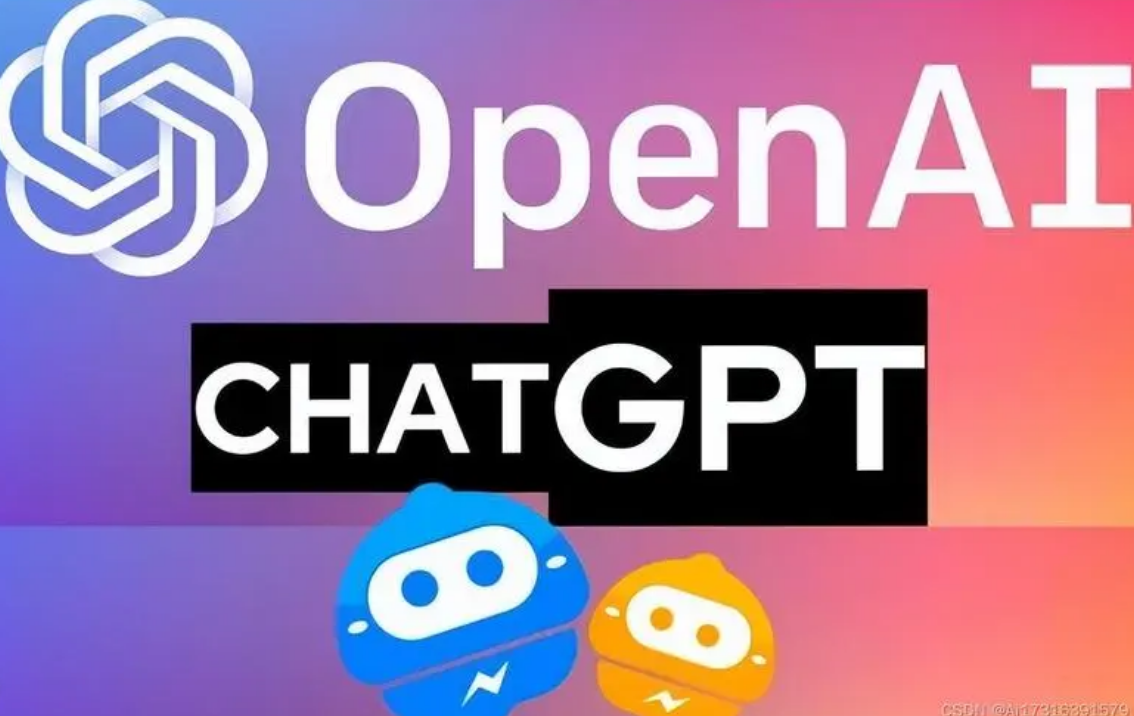In today's digital era, security and integrity online have become pressing matters. As detrimental conduct and harmful submissions continue plaguing these spaces, synthetic intelligence (AI) has emerged as a promising tool to bolster virtual safety. This article explores how AI technologies are leveraged to strengthen protection crosswise various platforms, supplying comprehensive insights into their efficacy and challenges.
AI-Driven Organization: Augmenting Content Safety
AI frameworks have significantly progressed the way submissions are organized on communal media platforms and online forums. For example, Facebook accounted deploying AI that proactively identifies 94.7% of the hate speech it eventually removes, up from 80.5% in the previous year. This AI utilizes natural dialect processing to comprehend context and subtleties in language, which is essential in distinguishing harmful submissions from innocent posts.
Real-Time Meddling and Behavioral Examination
Another crucial application of AI in digital safety is the observing of user behavior to anticipate and forestall harassment or abusive examples. Companies like Twitter and Twitch use machine learning models that dissect chat sequences and user communications in real-time. These models are trained on massive information sets to recognize signs of digital harassment, enabling platforms to interfere before the circumstance escalates. For example, Twitch's AI-driven tools reduced the frequency of harassment reports by approximately 30% within the first six months of execution.
Privacy Protection: A Double-Edged Sword
While AI can greatly enhance organization and safety, it also raises significant privacy matters. AI frameworks often require access to personal information to effectively monitor and anticipate user behavior. This has led to a crucial debate on the balance between ensuring community safety and preserving user privacy. Transparent data usage policies and the deployment of privacy-preserving AI techniques, like federated learning, are vital in addressing these concerns.
AI Limitations and the Human Element
Despite advances in natural language processing and computer vision, AI systems still have meaningful limitations. Models can struggle with nuanced classification tasks and occasionally reflect unintended societal biases. To address these issues, human judgment continues to play an indispensable role. Platforms like YouTube pair automated filters with human review teams to achieve comprehensive yet balanced oversight. This blended approach facilitates iterative improvement of AI and consideration of complex community standards questions.

Iterating with Insight from Diverse Voices
Continuous progress in developing respectful digital spaces relies on input from varied community perspectives. Platforms that actively solicit feedback on policy implementation and enforcement outcomes tend to cultivate environments perceived as fair and inclusive. This cycle of comment and refinement not only helps machine systems learn but also nurtures user trust over time.
The Shared Pursuit of Digital Well-Being
A shared priority across online communities is preventing the nonconsensual spread of private materials. AI tools currently play an important part in timely detection and removal of such harmful content, thereby reducing trauma for victims. For those concerned with porn ai chat, technology provides methods to help ensure privacy and mutual care remain paramount.
In Conclusion
AI holds great potential for augmenting online safety when guided responsibly. Through sophisticated yet sensitive content screening, learning from diverse user viewpoints, and prioritizing community well-being over passive algorithms, digital platforms can become havens of care, connection and respect for all. Continuous progress requires acknowledging both technological limitations and our shared humanity.